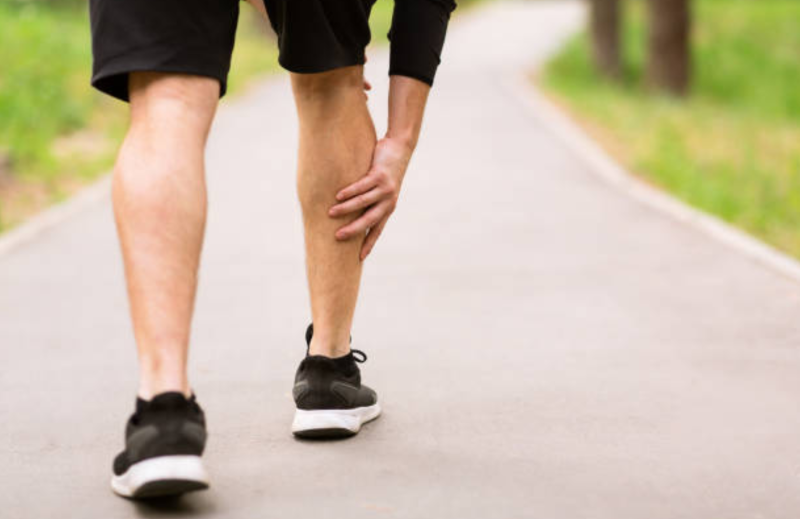
Calf muscle strains are one of the most common lower limb muscle injuries in addition to hamstring and groin strains. They occur commonly in sports which involve high-speed running or high volumes of running and acceleration and deceleration forces, although they can also occur in the general population with less intense activity. It is unsurprising that the calf gets injured when you consider 3-6 times your bodyweight goes through it when you run! The classic presentation will be a sudden feeling of pain like someone hitting them in the back of the lower leg, sometimes associated with an audible noise.
Like all acute soft tissue injuries there will be a subsequent inflammatory reaction to start the healing process, which may last up to approximately 12 weeks, without any complications. These injuries are graded from 1-3, with 1 indicating that less muscle fibres have been damaged and 3 meaning significantly more muscle fibres and fascia (connective tissue) have been damaged during the injury. This will have direct implications for your prognosis and how long you should expect the injury to resolve and have to go back doing all your normal activities and sports.
Treatment will involve an initial period of rest, and reduced activity whilst your body repairs, and then a graded increase in load on the muscle over months as the healing continues to achieve full function. A recent systematic review identified the main risk factors for a calf injury being increasing age and previous calf injury. This makes sense, as a process called sarcopenia reduces muscle mass as we age and therefore strength and force output of our muscles. In addition to this if a previous muscle injury is not rehabilitated optimally there may be remaining strength deficits, which could be responsible for further injury once the person attempts to get back to their full activities as the calf cannot cope with the forces applied to the muscle.
Anecdotally from personal experience people often feel fine to go back to the sports field when they can walk normally without a limp. The trouble is the forces required to run, jump, walk uphill and sprint are significantly more than required to walk. Therefore, patients often come back in after re-injuring the calf on return to activity. To safely return to normal activities and sports the strength needs to be approximately the same as the other side. Also, strength is only one part of the rehab. Once the strength is optimal we need to work on power, the ability of the calf to produce force quickly, which is what's needed in explosive sports. Hence what seems like a “simple” calf injury will need to be screened fully by a physiotherapist and given the sign off to return to sports to reduce the risk of recurrence.
So if you’re suffering from a new or recurrent calf injury, or any other muscle strain, book an appointment to see one of our physiotherapists to get you back doing what you enjoy.

Recent Comments